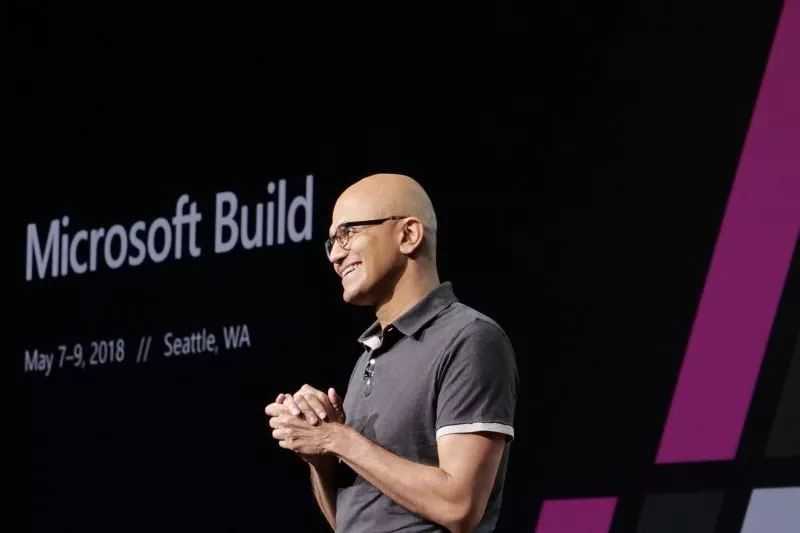
Last night, Microsoft's Build2018 conference opened with a preview of Project Brainwave, and said that the delay is 5 times lower than TPU, and it is in direct confrontation with Google. Now, companies such as Google are betting on special custom chips (ASICs). Microsoft insists on betting on using FPGAs to accelerate machine learning models. Who is better?
At midnight last night, the Microsoft Build 2018 Conference was opened. Microsoft CEO Satya Nadella focused on several aspects of progress:
Project Brainwave Preview
Azure IoT Edge Open Source
Kinect regression
AI Voice Tools and Future Conference Room
One of the most interesting is the Brainwave preview version, which enables the use of FPGAs to run deep learning models in real time on Azure Cloud and Edge devices.
Project Brainwave uses Intel's FPGA, Nadella said, we should not only see Google's TPU, but also our Microsoft's Brainwave thing.
How powerful is Brainwave?
Project Brainwave: Real-time hardware AI capability delay is 5 times lower than TPU
At present, some of Microsoft's competitors, including Google, are betting on special custom chips (ASICs), but Microsoft insists on using FPGAs to accelerate machine learning models, and Brainwave is no exception.
Microsoft believes that FPGAs are more flexible than designing custom chips, and that standard Intel Stratix FPGAs are at least comparable to custom chips. At the conference, Microsoft believes Project Brainwave's real-time AI capability is five times slower than TPU.
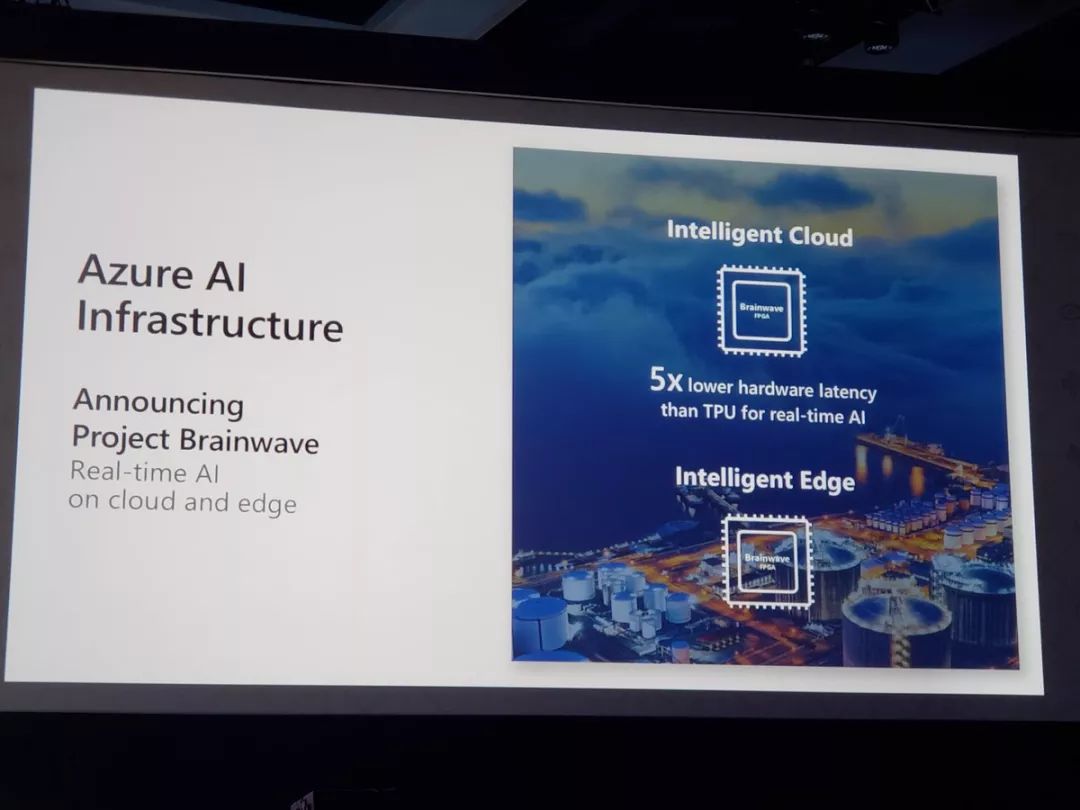
According to Microsoft, customers using Project Brainwave can use standard image recognition models to process 1 million images, and a single image can be processed in only 1.8 milliseconds, which is better than any competitor's cloud services.
Brainwave debuted at the Hot Chips conference in August last year, when public information showed that Brainwave was made up of three different layers:
A high-performance distributed architecture;
A hardware-depth neural network engine that has been integrated on the FPGA;
Compiler and runtime for deploying pre-trained models.
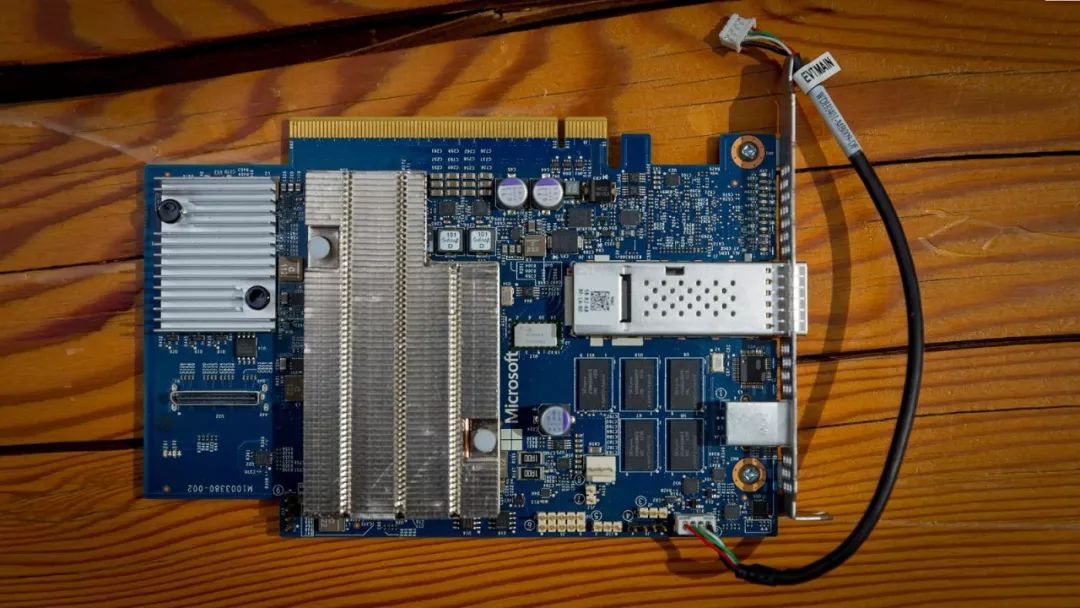
Hardware example for Project Brainwave
Microsoft is integrating the FPGA into its entire data center network as a hardware microservice. The benefit of this is high throughput and greatly reduced latency, because the architecture allows Microsoft to bypass the traditional server's CPU to communicate directly with the FPGA.
BrainWave initially supported Microsoft CNTK and Google TensorFlow frameworks.
Project Brainwave brings two important differences to traditional AI.
First of all, the FPGAs it uses can be updated frequently to provide acceleration for the latest algorithms, and it can handle AI tasks quickly, suitable for real-time tasks that require high response times.
Second, customers will be able to run AI tasks using Microsoft hardware on their own websites instead of accessing Microsoft's data centers, which in turn increases speed.
However, FPGAs are not widely used in cloud computing, so most companies do not have the necessary expertise to program, and Microsoft has taken a bold step. Microsoft stated that its cloud service can apply customer's software to FPGA.
On the other hand, Google TPU is gaining momentum.
Last month, Google's AI head Jeff Dean said that they released a new DAWNBench result on the ImageNet image classification. The new AmoebaNet-D network achieved the lowest training time and the least training cost on the TPU.

Tomorrow, Google’s I/O conference will be opened and it is expected that it will make a big fuss on the TPU. The good show is still behind.
Azure IoT Edge Open Source and Kinect "Return"
Nadella said that it is expected that the total number of smart devices will exceed 20 billion by 2020. He then announced another progress in Microsoft Build 2018: Smart Edge Computing and Smart Cloud, and announced the open source of Azure IoT Edge Runtime.
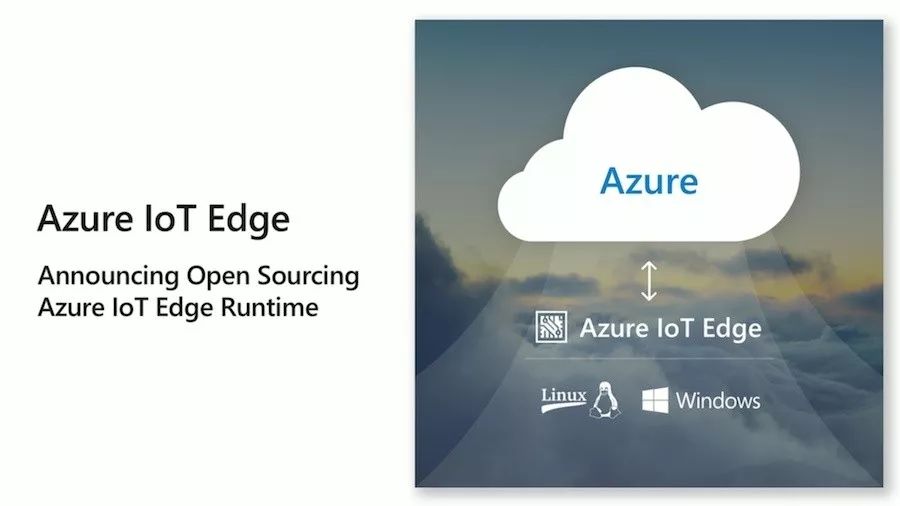
Azure IoT Edge Runtime open source allows users to modify, debug edge applications, transparency and control capabilities are also higher. Not enough. Now that cognitive services are only visual, there will be more services in the future.
Azure IoT Edge has already cooperated with Qualcomm and Dajiang.
In addition, Microsoft also released Project Kinect for Azure. Kinect was previously a somatosensory device for the Xbox. This time it was a return.
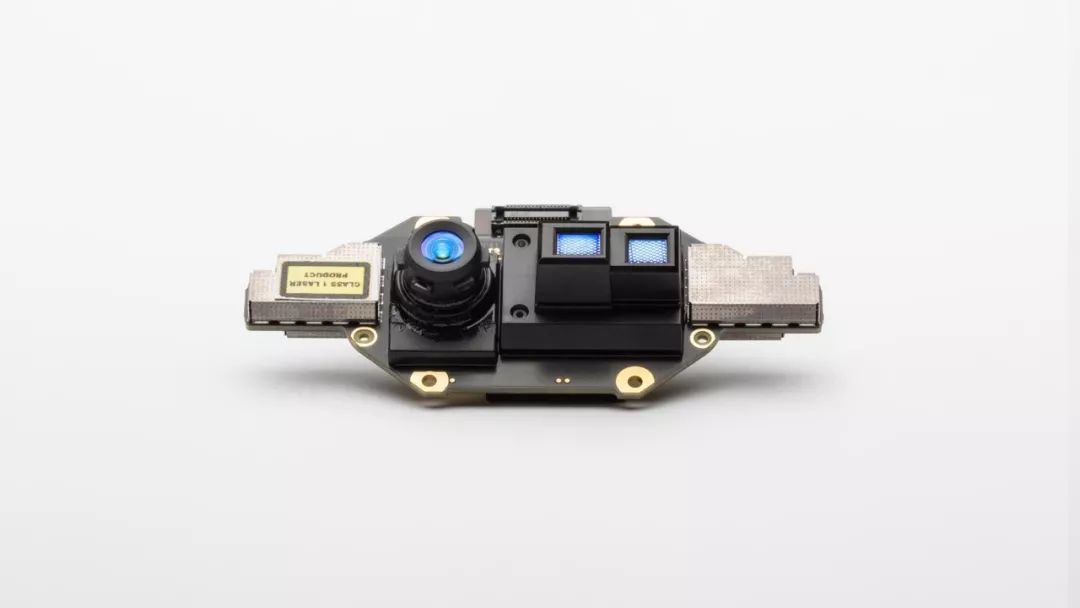
Project Kinect for Azure can complete tasks such as motion tracking, behind Azure IoT Edge Runtime technology.
Huang Xuedong: Microsoft's Microphone Array Makes Speech Recognition a Further Step
Another area that merits attention is the future conference room presented at Microsoft Build.
The conference room uses a 360-degree camera and microphone array to detect anyone in the conference room. The camera can be combined into a panoramic picture of each screen, but also for face recognition, to ensure the identity of participants, in addition, the conference room reservation system can also be incorporated into, really powerful.

More powerfully, this future meeting room also has a meeting-based minutes feature based on semantic analysis that can be interpreted in real time + shorthand.

Over the years, Microsoft has been committed to Skype's translation capabilities, and future conference rooms also include this technology. After the meeting, Microsoft Worldwide Technical Fellow Huang Xuedong stated that the future conference room displayed in the video uses the Microsoft Speech Device SDK they just announced. "Microsoft's excellent microphone array can make speech recognition a step further."
Huang Xuedong also mentioned that Chinese AI company ROOBO and Microsoft have cooperated to develop a cognitive service development kit.
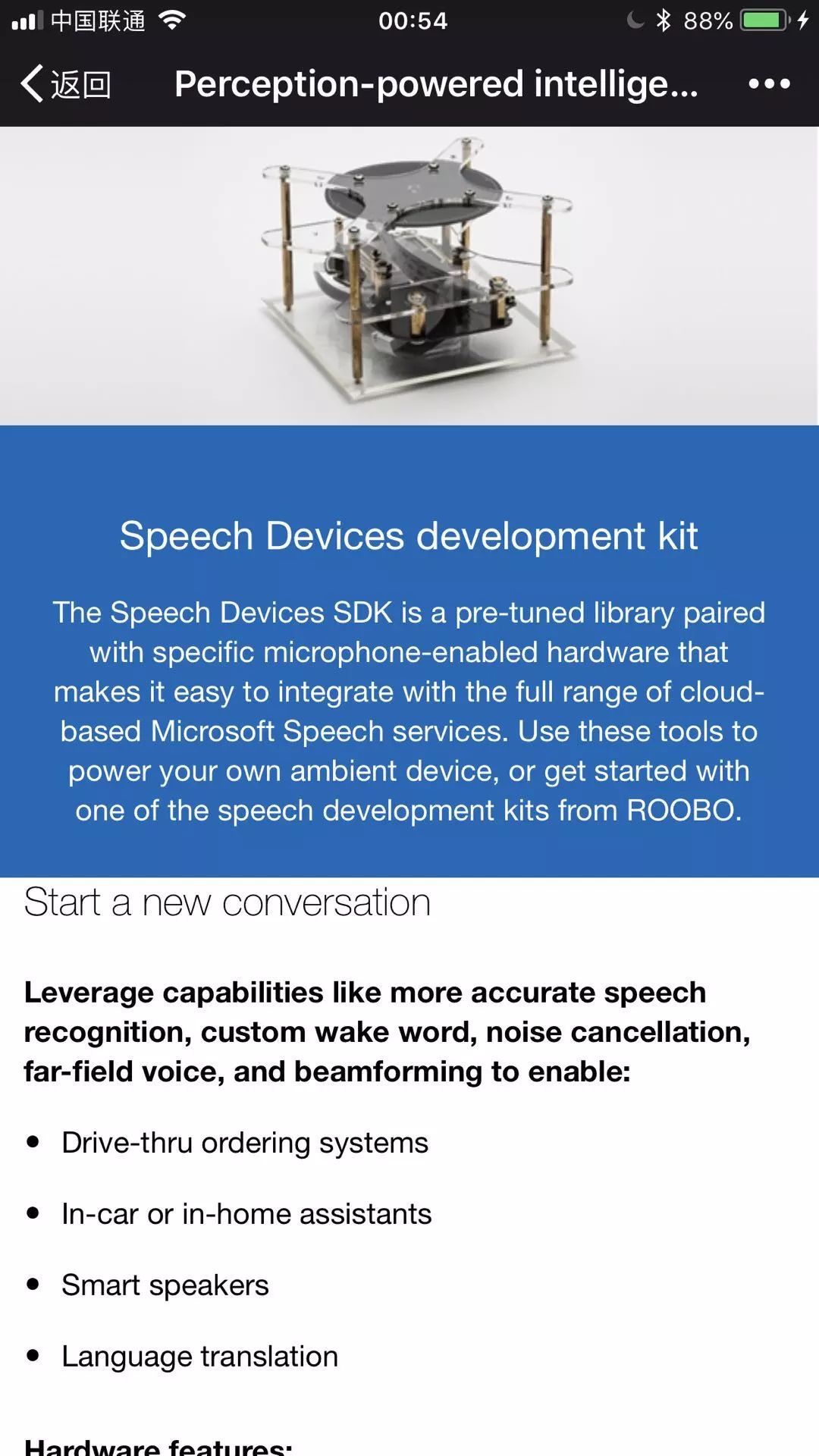
Microsoft provides the Speech Service development platform. ROOBO completes the design and implementation of the Microsoft Speech Device SDK in audio, acoustics, and hardware. The hardware used by developers is also provided by ROOBO.
In addition, Microsoft also announced that the "AI for Accessibility Plan" will invest 25 million US dollars in the next five years to develop artificial intelligence technology that can enhance human capabilities.
We have experience and skill to support customers to tooling for their required waterproof connectors, like IP68 series,micro fit connectors. Etop wire assemblies for various industries have been highly recognized by all the customers and widely used for automobiles, electrical and mechanical, medical industry and electrical equipemnts, etc. Products like, wire harness for car audio, power seat, rear-view mirror, POS ATM, Diesel valve Cover gasket fit, elevator, game machine, medical equipment, computer, etc.
JST Connector,Molex Connector, Multi-Contact Connector, Micro Fit Connectors
ETOP WIREHARNESS LIMITED , https://www.etopwireharness.com